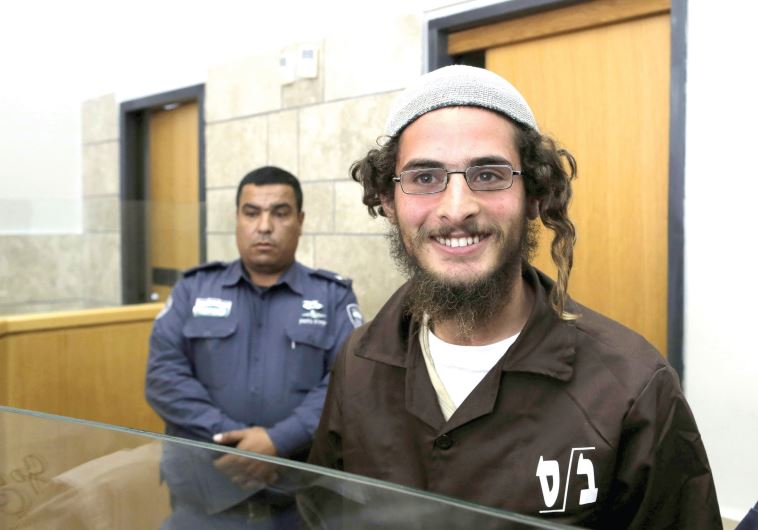How widespread is the terrorist element among religious Jewish youth?
Leaders of the religious Zionist world say the price tag/hilltop youth phenomenon is a rebellion against their theology.
 Meir Ettinger attends a remand hearing at the Magistrate’s Court in Nazareth.(photo credit: AMMAR AWAD / REUTERS)Updated:
Meir Ettinger attends a remand hearing at the Magistrate’s Court in Nazareth.(photo credit: AMMAR AWAD / REUTERS)Updated: